Here is a quick overview of the scales of training. The scales of training are an internationally used training system for horses. They should be worked on and achieved to enable the horse to work appropriately and through. A horse cannot be genuinely supple until he works in a rhythm, and until the horse is flexible, he will not be able to maintain consistent contact and so forth. The scales can also be a helpful checklist for the rider to monitor the horse’s way of going.
Rhythm
Rhythm is the first thing that should be established with any horse, regardless of age, ability or discipline. There are two parts to rhythm, a regular footfall and tempo. The steady footfalls should be correct for the pace, four in a walk, two in trot and three in canter. The rhythm should be the same, a measured beat in each speed regardless of the pace and whether they are on a straight line, corner/circle – or any other schooling or lateral movement.
Suppleness
Suppleness is related to how relaxed the horse is and how capable he can use all of his muscles correctly. You want the horse to be resistance-free, allowing the muscles and joints to move even when the rider applies aids freely. The most important muscles are those over the horse’s top line, from poll to the hindquarters. A good test of this is to lengthen the rein; the horse should not want to raise his head above the bit but stretch down.
Contact
Contact is often misunderstood. This connection from the horse’s mouth to the rider’s hand is achieved by the rider correctly using the leg and seat aids to get the horse stepping through and using his topline muscles. This will create a genuinely round horse. His steps will be springy and energetic – with this energy being felt in the reins by the rider – making light and elastic contact.
Impulsion
This is the amount of power and energy the horse creates, and the rider contains. It comes from the hindquarters to develop more significant, energetic steps – pushing the power forward into the rein contact. The rein contact prevents the horse from rushing, therefore containing the ability for these more significant steps. Any loss of suppleness will block this energy from travelling through the horse.
Straightness
This is as it sounds – keeping the horse straight. Like humans, the horse naturally tends towards the left or right. You want your horse to have an even feel in both reins and for him to track up straight in all three paces on a straight line and circle. A crooked horse will struggle with suppleness and impulsion.
Collection
This is the most complex scale to perform indeed. The horse will not collect until muscle and strength have been developed in the hindquarters through the other scales. The collection is used to lighten the horse’s forehand and allow more athleticism by allowing more movement through the shoulder. The hindquarters will carry more and more weight, and the hind legs will step under more. The ultimate show of collection is Piaffe.
This article was bought to you by ESTRIDE Suite.
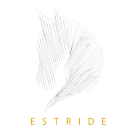
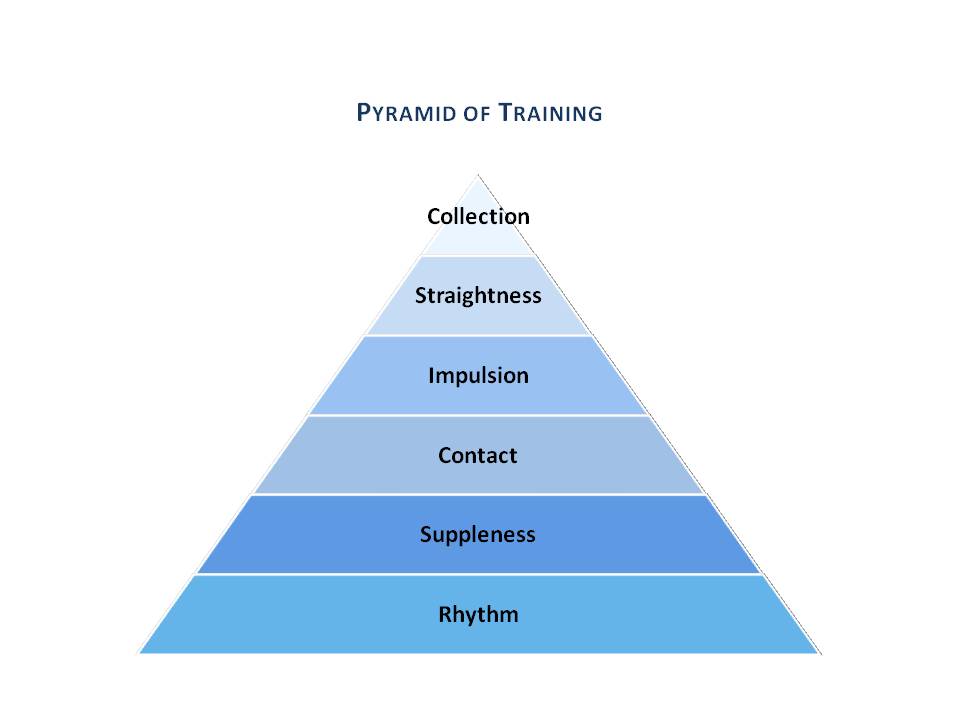
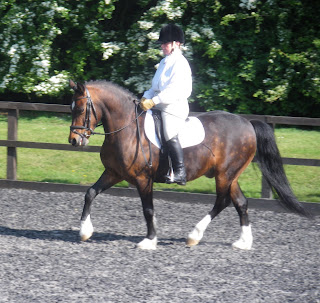
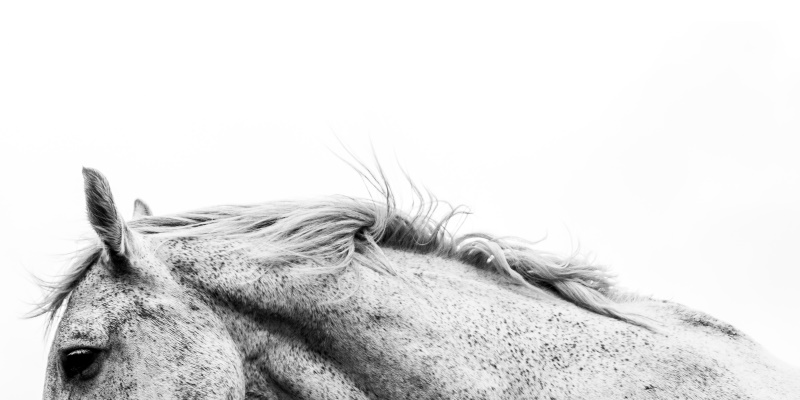

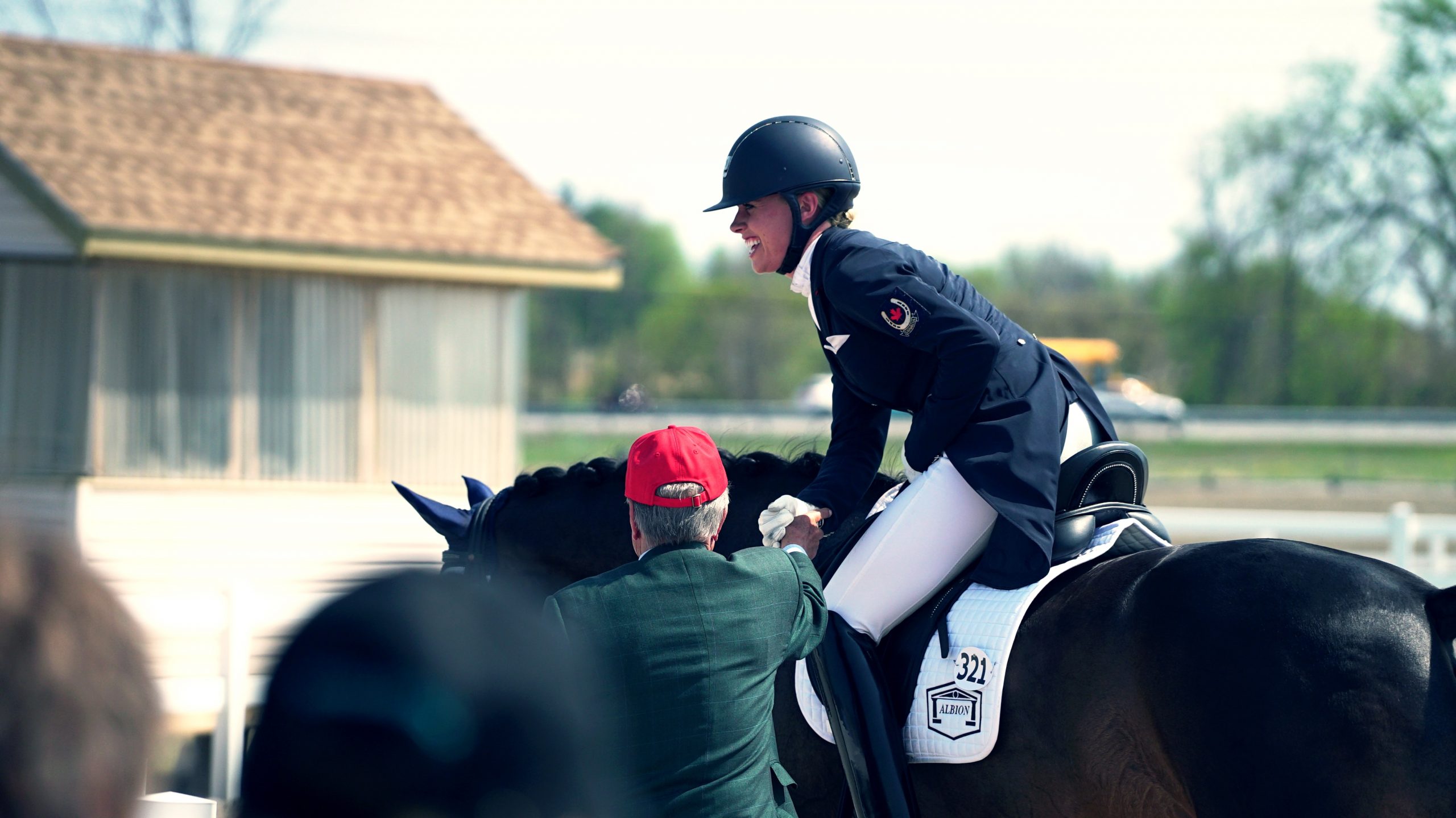
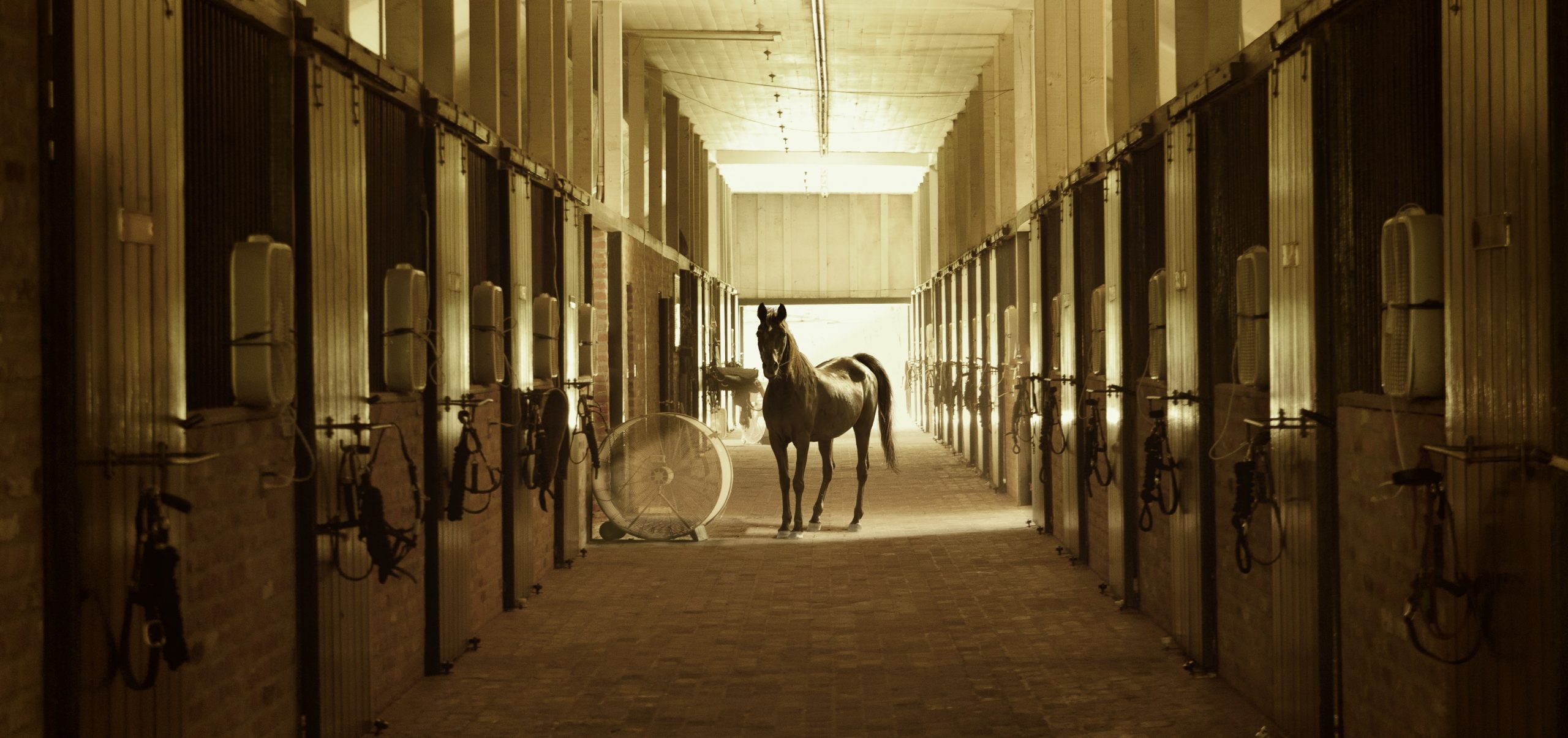
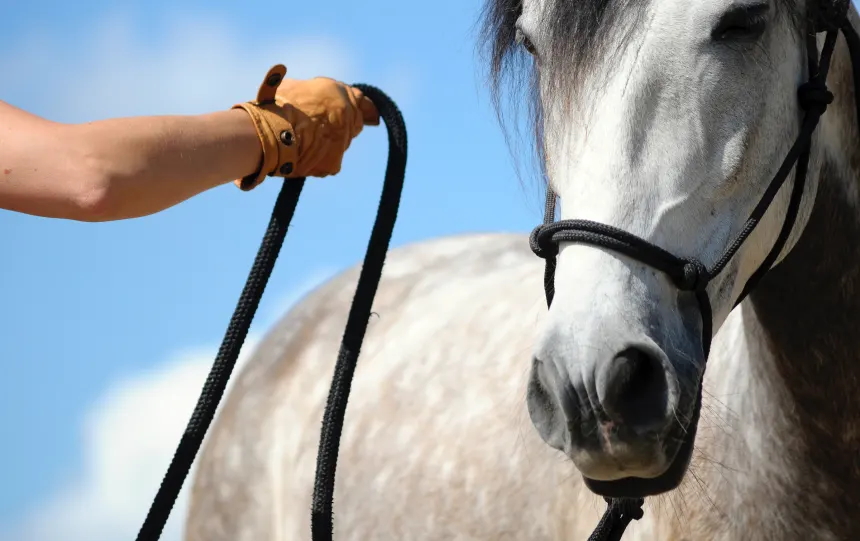
Leave A Comment